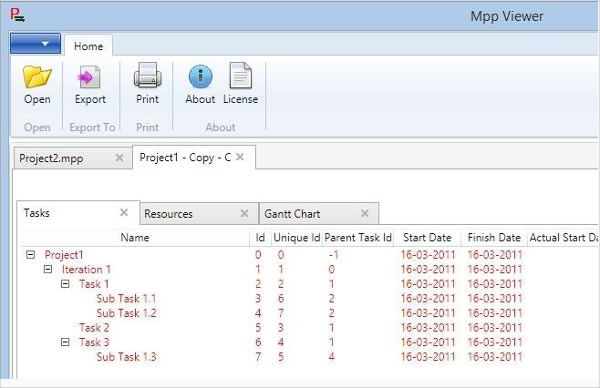
As it happens, DWF Group's TSR for the last 1 year was -37%, which exceeds the share price return mentioned earlier. Arguably, the TSR gives a more comprehensive picture of the return generated by a stock. Whereas the share price return only reflects the change in the share price, the TSR includes the value of dividends (assuming they were reinvested) and the benefit of any discounted capital raising or spin-off. The company's revenue and earnings (over time) are depicted in the image below (click to see the exact numbers).Īs well as measuring the share price return, investors should also consider the total shareholder return (TSR). Of course, it could simply be that it simply fell short of the market consensus expectations. From what we can see, revenue is pretty flat, so that doesn't really explain the share price drop.

We don't see any weakness in the DWF Group's dividend so the steady payout can't really explain the share price drop. But we may find different metrics more enlightening.

When a company has just transitioned to profitability, earnings per share growth is not always the best way to look at the share price action.

By comparing earnings per share (EPS) and share price changes over time, we can get a feel for how investor attitudes to a company have morphed over time.ĭWF Group managed to increase earnings per share from a loss to a profit, over the last 12 months. While the efficient markets hypothesis continues to be taught by some, it has been proven that markets are over-reactive dynamic systems, and investors are not always rational.


 0 kommentar(er)
0 kommentar(er)
